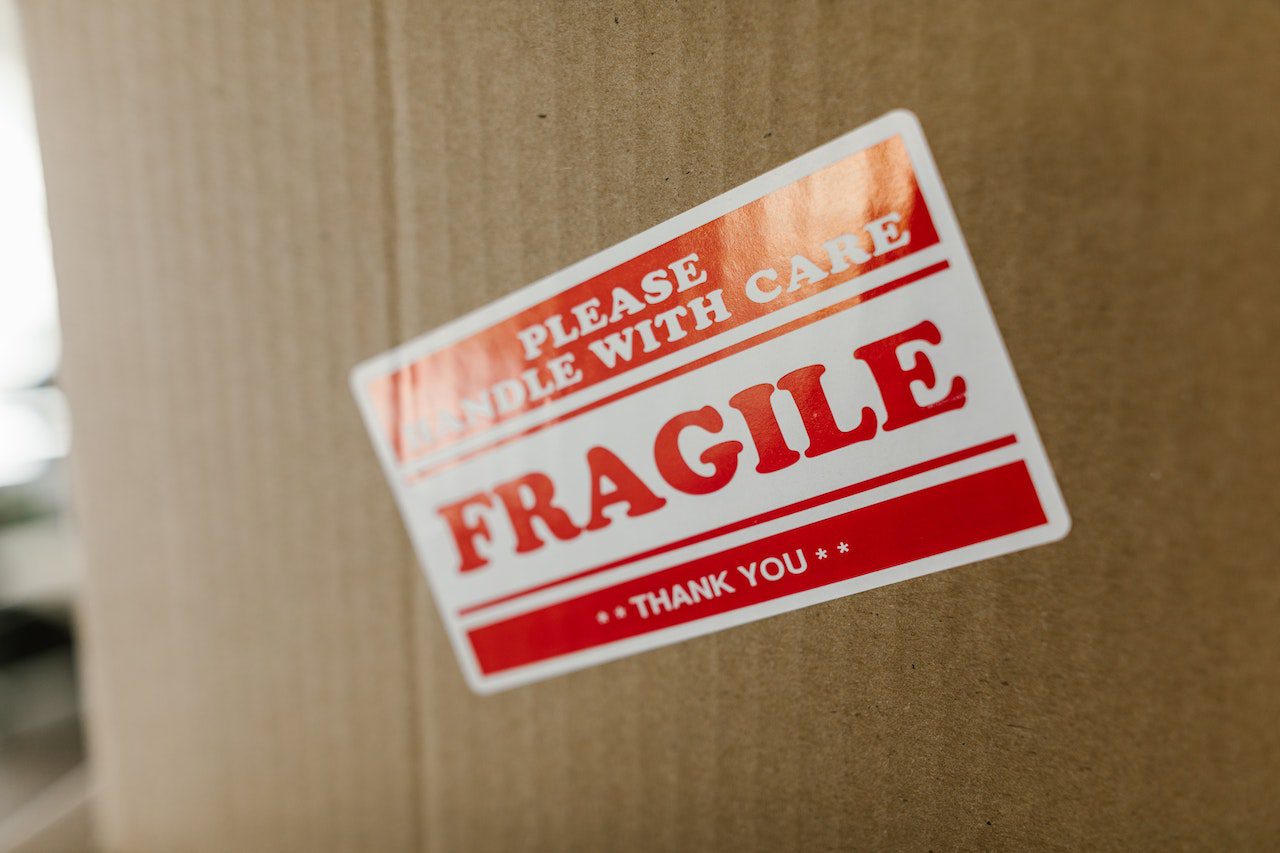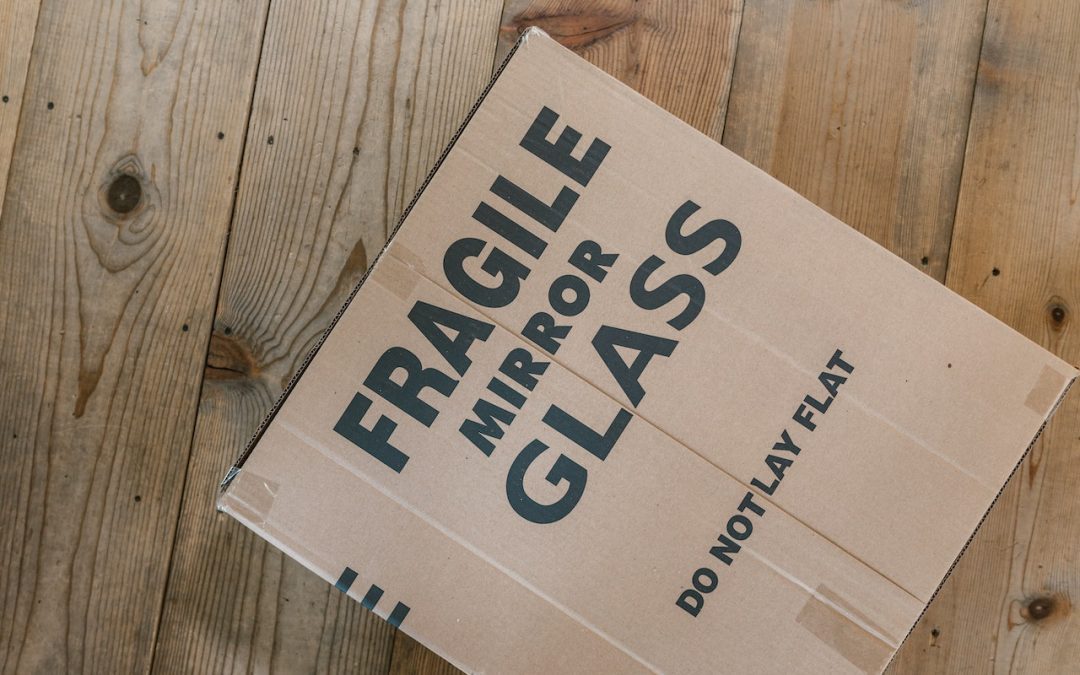Shipping fragile cargo?
Easily broken or damaged items require extra care throughout the entire shipping process. But don’t worry, we’ve got you covered.
Here are three things you need to know about shipping sensitive and fragile goods.
Fragile Goods: The Problems They Present
Fragile goods are items that are brittle or delicate and likely to break or expensive goods that are difficult to replace. And when it comes to shipping them, this makes things difficult.
Goods that fall into the fragile category include but are not limited to:
- Consumer electronics
- Musical instruments
- Tiles
- Porcelains
- Valuable artwork and other collectables
- Laboratory equipment and materials
- Glass items
The last thing you want is for your fragile goods to arrive broken or damaged, so goods of this nature require specialist storage and proper packaging.
Getting Packing Right
The packing you need depends on the exact nature of your goods, but consider these factors when you’re preparing to ship fragile cargo.
Choose The Right Container
When choosing your box, you need to make sure it’s robust enough to keep your fragile goods safe during handling, processing and transit. And that means the outer cardboard box – if that’s what you’re using – is where you need to spend most of your packaging budget.
Boxes with double or triple corrugated walls are best, and remember to opt for one that’s quite close to the size of your item, leaving room for padding to cushion potential knocks and abrasions.
For small fragile goods, the box-in-box method works wonderfully. This is where the box containing the goods is placed and sealed inside a larger box, and the space in between the two is filled with dunnage.
Protect Goods Inside Their Container
Consider what type of protection you want to provide for your goods.
Bubble wrap tends to be the go-to choice, but recycled paper and packing peanuts are other widely used options. Not only should your fragile items be individually wrapped, but all voids in between them need to be filled with appropriate dunnage.
Not sure what dunnage is? Check out our comprehensive blog on packaging here.
External Measures
For larger, heavier items like furniture, larger electricals and specialist machinery, you’ll need to think about crates and bracing.
Not all items require crating. Some may only require blocking and bracing, and the heavier the load, the more important it becomes. Blocking prevents an item from moving from side to side or front to back, and bracing stops it from moving up and down.
To fully protect these larger, heavier items, it’s crucial to use padding for contact points when using bracing and blocking to stop the fixings from damaging the bigger but still fragile goods.
Labelling Matters
After spending all that effort to secure your fragile goods, you do not want to skip the labelling step.
Correct labelling alerts anyone involved in handling and transporting your fragile cargo that they need to take greater care. Sticking a clear, concise ‘fragile’ label on your well-packaged cargo will reduce potential shipment damage and enable anyone handling your packages to prioritise its special attention.

Everything You Need To Know About Fragile Labels
Fragile sticker labels are only effective if used correctly and so should always be placed on visible surfaces of each package, ideally on all four sides.
Old stickers and poor-quality stickers may become unstuck during transit, so opt for in-date and good-quality products to keep your packages safe.
Wondering which labels to use? Here we go.
- ‘This side up’ stickers tell workers in which direction the item needs to be stood. This is useful for awkwardly shaped items and anything that does need to be kept in the same position.
- ‘Fragile’ stickers highlight the nature of the goods to anyone who comes into contact with them; put this on all fragile packages.
- ‘Handle with care’ stickers can be added at your judgement for particularly unstable or delicate items.
Tilt Watch Indicators
Tilt watch indicators are damage indicators. They can be attached to shipments that must remain upright and change colour from white to red if a package has been tilted at or beyond 80°.
Because they cannot be reset, tilt watches are a reliable solution to preventing damage to goods in transit, or at least demonstrating liability should damage occur.
Selecting Transportation
For fragile goods, you need to consider a mode of transport with the least handling. But this depends on where the points of origin and destination are.
If your shipment will be travelling within the UK or Europe, road freight is often your best bet because it can offer you a door-to-door service without any extra unloading and reloading during transit.
If your cargo needs to travel internationally, opt for air freight. With fast shipping times, journeys are all unbroken, and there is minimal handling, meaning this method is a super secure way of getting your goods from A to B.
There’s More To Fragile Goods Than Bubble Wrap
It’s not just what you wrap your items in that matters. With the right combination of outer packaging, labelling and mode of transport, you can be confident in shipping fragile goods.
Want to cover all eventualities? Fully protect yourself against losing out by getting insurance.
Contact Millennium today for fuss-free, friendly advice and professional service that takes the stress out of shipping.

